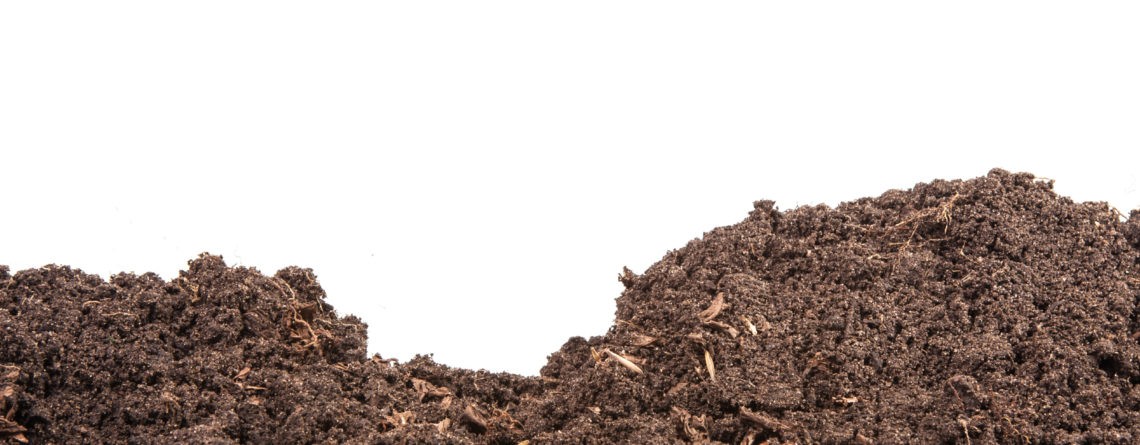Final products that are formed due to decomposition of dead biomass in the soil are humic substances and these substances are the most natural substances on earth. The main tasks of humic substances include controlling nutrient status of the soil, overseeing the exchange of carbon and oxygen between soil and atmosphere, converting toxic chemicals by breaking them down and finally preparing the necessary media for the survival of soil organisms. Humic substances are also very effective on plant physiology.
Humic substances are composed of humic acids that can only be dissolved in an alkaline environment, fulvic acids that dissolve in both acid and alkaline environments, and humins that cannot be dissolved. The most obvious difference between humic and fulvic acids is that the molecular size of humic acids is much larger compared to fulvic acids. In fact, humic acids can be 100 thousand times larger than fulvic acids.
Humic and fulvic acids improve the physical and chemical properties of soils as well as being extremely effective on plants. Studies reveal that humic and fulvic acids have an effect on the root of the plant (especially the hairy root) and shoot growth, and also increase strength under both biotic (resulting from diseases and pests) and abiotic (such as salinity, drought, frost, heat, etc.) stress conditions. Humic and fulvic acids also facilitate uptake of plant nutrients by the plant. It has been determined that especially the plants’ uptake of fulvic acids chelated with elements such as iron, copper, manganese and zinc is very effective.
Humic acids should only be applied through soil. Since, when they are applied through leaves, it is not possible for them to be absorbed by the plant because of their molecular size. On the other hand, fulvic acids can be applied through both soil and leaves. In practice, humic and fulvic acids are often used to increase the organic matter content of the soil during the early stages of the development period and to promote root development of plants that are just beginning the season.
The humic and fulvic acid content of the products varies according to the sources they are obtained from. The products obtained from leonardite, an immature type of lignite, are usually soluble in alkaline environments and contain high levels of humic acid and low levels of fulvic acid. Products of herbal lignin origin are acidic and contain high levels of fulvic acid and low levels of humic acid. For example, while Radimax produced by our company stands out with its high fulvic acid content, Bio Natura Humika has a higher humic acid ratio. Both product groups are highly important sources of organic matter and have great effects on soil and plants. Appropriate products should be preferred according to the purpose.


Leave a Reply